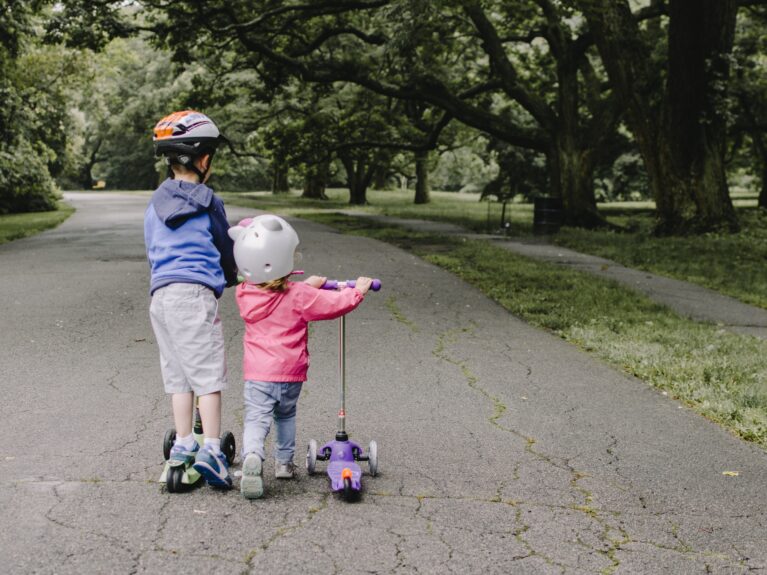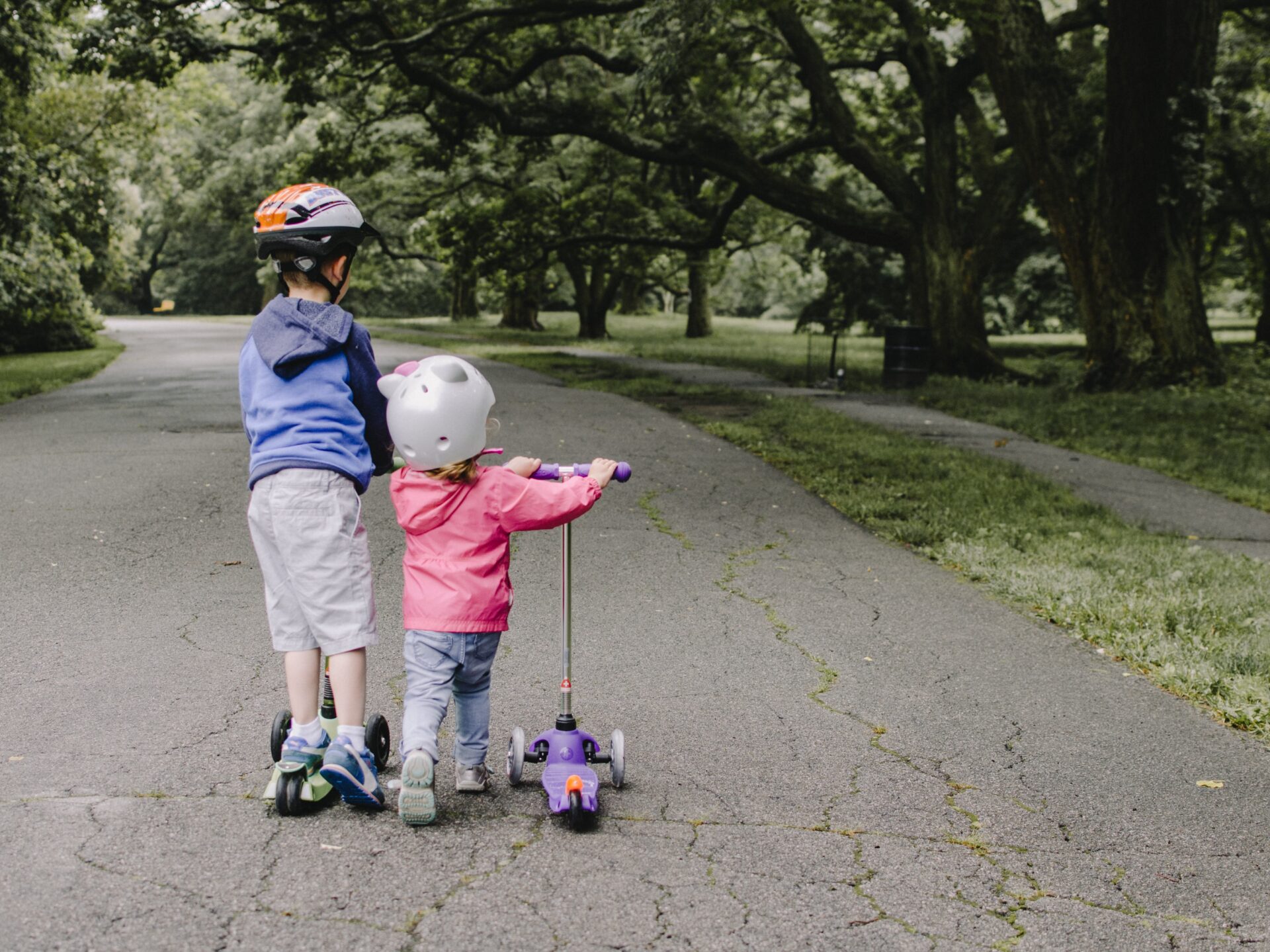Supporting siblings

Siblings play a crucial role in one another’s lives. It is a relationship that provides a wealth of learning opportunities across the lifespan, from navigating how to share and play together as young children to negotiating and compromising as teenagers and beyond.
There are many dynamics at play in sibling relationships, such as the children’s ages, gender, birth order and personality traits, to name a few. When one sibling is diagnosed with autism, it can add a layer of complexity to the relationship. Below are some ideas and considerations around how to build and navigate the connection and understanding between your children.
It’s ok to be honest
While all families are unique and will have different approaches, research shows that there are predominantly positive benefits in being open and honest about a sibling’s diagnosis. It acknowledges any questions and potential worries a sibling may have, as well as normalises differences and models acceptance.
Some families navigate this by discussing areas of both siblings’ strengths and weaknesses. It can sound something like “You are good at bike riding and are still learning to read” and “Amy is good at puzzles and is still learning to communicate”. This helps to address any differences but also normalises that we all have challenges.
Other families prefer being more direct and talking more specifically about autism, its characteristics and how it presents in their siblings. They may discuss observable features of autism and how it impacts the child. This can sound like, “Autistic people can find it hard to communicate, Johnny uses an iPad to help him communicate”.
There are also families who take a more sibling-led approach, answering their child’s questions about their sibling in a way that matches their age and development understanding. For example, if a four-year-old sibling asks, ”Why does Chris always like to play with the number puzzles?, an age-appropriate response could be, “That’s his favourite toy, just like you really like playing with your Cocomelon figurines”.
Finding things they can do together
Part of the sibling relationship is spending time together enjoying each other’s company. One way to facilitate this is to brainstorm things that both kids like and encourage regular time for it to occur. Examples may include things like jumping on the trampoline, blowing bubbles together, playing chasey, etc. Sometimes, these activities need to be initiated and facilitated by parents, but that’s ok. It’s about bringing the kids together to smile and laugh together!
Quality one-on-one time with both kids
All children need to have regular one-on-one time with mum and/or dad. This is particularly important for children who have a sibling with a diagnosis or chronic illness. Again, research shows that without quality one-on-one time with parents, siblings can begin to dismiss their importance within the family and or bottle up any concerns or feelings around their sibling.
The time together highlights the value of every family member and provides a safe and caring outlet and soundboard for any big feelings a sibling may be having. This can include a range of things, both planned and spontaneous, ranging from an outing to the beach to grab an ice cream together or a little chat before bed.
Connecting with sibling support groups
Exploring online and local siblings/ peer support groups may be beneficial. Being around peers who have similar experiences can really normalise a young person’s feelings and give them a space where they can chat openly and honestly about their experiences. It’s also a great way for your child to make new friends and have something to look forward to each week.

About the Author
Andrea Radcliffe is a Senior Behaviour Consultant and Family Services Mentor at Autism Partnership. She has worked in the field of contemporary behavioural analysis for over 20 years, spanning Australia, Canada and the USA. Andrea has completed a Diploma in Community Rehabilitation, holds a Bachelor of Applied Social Science (Counselling), and is a Tuning Into Kids Practitioner.
Subscribe to our newsletter
For information about our FREE parent talks, handy resources and all our latest news.




